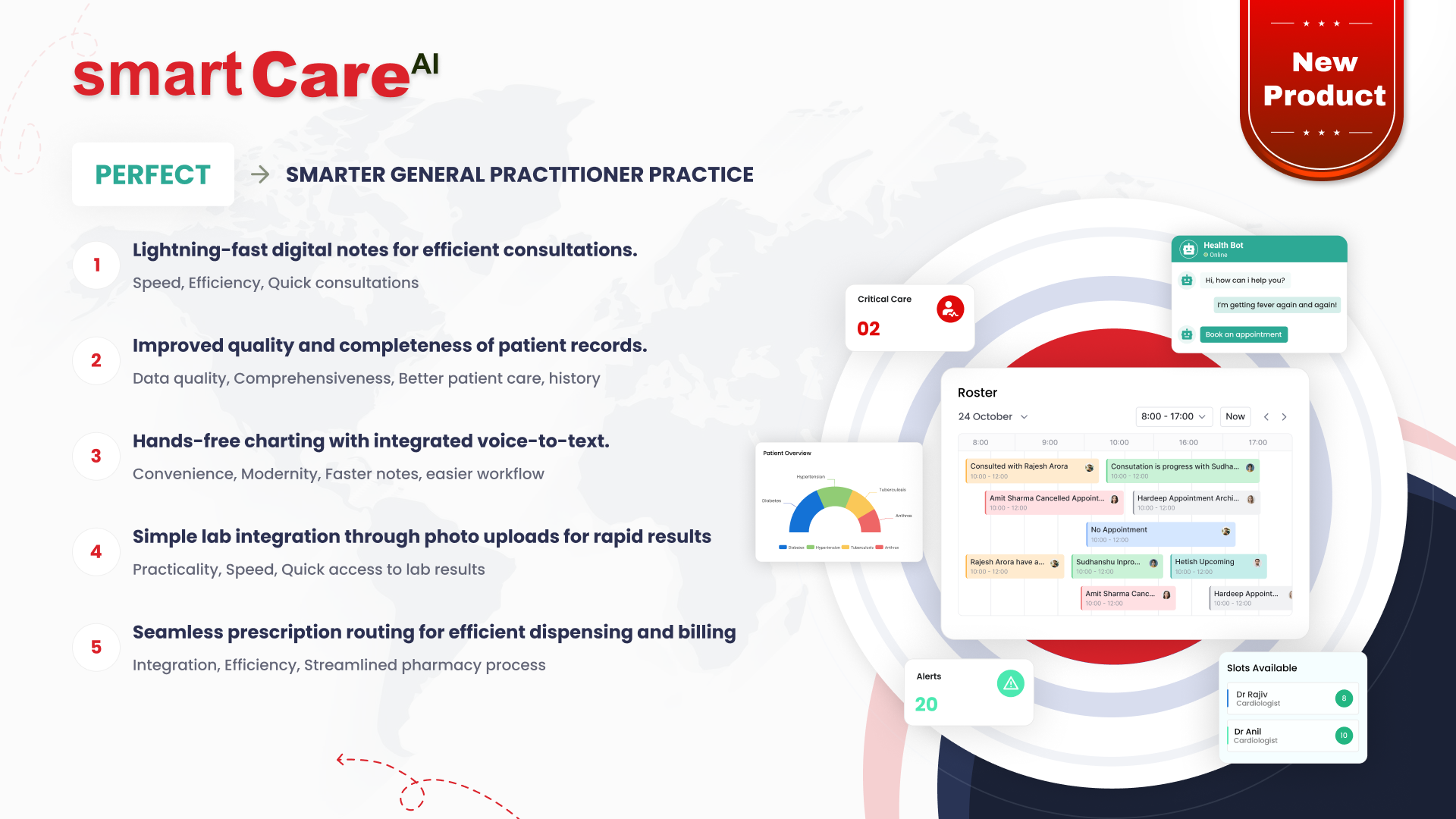
Posted On August 5, 2025
How Agile Methodology Improves Healthcare App Outcomes
Healthcare app development is a complex and evolving process that demands speed, flexibility, and precision. With growing expectations for personalised care and seamless digital experiences, healthcare providers and software developers are turning to Agile methodology to meet these demands. Here’s how Agile improves healthcare app outcomes in a practical and measurable way.
What Is Agile Methodology in Healthcare App Development?
Agile is an iterative approach to software development that breaks projects into smaller, manageable units known as sprints. Each sprint focuses on building and improving a specific feature or function of the app. Agile promotes regular feedback, collaboration, and adjustments throughout the development process.
In the context of healthcare, Agile supports faster adaptation to user needs, regulatory updates, and clinical requirements. This flexibility ensures that the final product is not only functional but also aligns with the ever-changing healthcare landscape.
Why Agile Fits the Fast-Paced Nature of Healthcare Needs
Healthcare environments are dynamic, and digital solutions need to keep up. Agile development allows teams to respond quickly to new regulations, patient expectations, and clinical innovations. Unlike traditional development models that follow a fixed plan, Agile accommodates change without delaying the entire project.
This responsiveness is particularly important in healthcare, where timely updates can impact patient outcomes, compliance, and service delivery. Agile enables healthcare organisations to stay relevant and reliable.
Improving Patient-Centric Design with Agile Sprints
Agile methodology encourages frequent user feedback during each sprint. In healthcare app development, this feedback often comes from clinicians, patients, and administrative staff. By involving users early and often, developers can design solutions that are genuinely useful and easy to navigate.
This iterative design process ensures the app supports real-world workflows, enhances patient engagement, and meets usability standards—leading to better adoption and improved health outcomes.
Faster App Releases with Continuous Feedback Loops
One of the biggest advantages of Agile is the speed at which apps can be developed and improved. Continuous integration and delivery enable teams to release features more quickly, respond to issues faster, and roll out enhancements without long waiting periods.
These feedback loops help maintain app quality while ensuring it remains aligned with user needs and industry requirements. For healthcare providers, this means delivering timely digital solutions that adapt with their practice.
How Agile Encourages Team Collaboration and Flexibility
Agile methodology fosters collaboration across development, clinical, and administrative teams. Regular meetings (like daily stand-ups) keep everyone aligned and informed, while flexible planning allows for rapid adjustments based on feedback.
This close coordination ensures that the healthcare app reflects real needs, avoids miscommunication, and evolves smoothly over time. Teams work together toward shared goals, creating better experiences for both patients and providers.
Reducing Risk and Rework with Agile Testing
In traditional development models, testing often happens at the end of the project, leading to surprises, delays, and increased costs. Agile, on the other hand, incorporates continuous testing throughout the development cycle. Each iteration includes testing and feedback, allowing teams to catch bugs early and make improvements instantly.
This early detection reduces the likelihood of major system flaws reaching end users. It also prevents expensive rework later in the process. For healthcare apps where accuracy, security, and functionality are critical, this built-in quality control is invaluable.
Adapting to Regulatory Changes Through Agile Processes
Healthcare is a heavily regulated industry, with standards like HIPAA, GDPR, and other local compliance requirements constantly evolving. Agile methodology supports adaptability. Teams can respond quickly to regulatory changes by adjusting priorities within each sprint cycle.
This flexibility helps ensure that the app remains compliant without derailing the overall project timeline. Agile’s incremental approach makes it easier to incorporate security updates or adjust workflows based on new rules, ensuring long-term regulatory alignment.
Real-Time Problem Solving with Agile Stand-Ups
Agile teams typically hold daily stand-up meetings to discuss progress, roadblocks, and upcoming tasks. These short, focused meetings allow for real-time problem solving and quick decision-making.
For healthcare app development, where delays can affect patient outcomes or provider efficiency, daily communication is essential. Teams can immediately address technical issues, user feedback, or unexpected challenges, maintaining project momentum and ensuring continuous improvement.
Measuring Healthcare App Performance in Agile Projects
Agile places a strong emphasis on measurable outcomes. Each sprint delivers a working feature that can be evaluated for performance, usability, and patient impact. Metrics such as response time, error rates, and user engagement are continuously monitored.
By using real-time performance data, Agile teams can refine features, optimise performance, and ensure the app meets the needs of both providers and patients. This evidence-based approach enhances decision-making and app quality.
Why Agile Leads to Better Long-Term Outcomes for Patients
At its core, Agile is about delivering value early and often. By involving stakeholders, including clinicians and patients, throughout the development process, Agile teams ensure that the final product aligns with real-world needs.
Iterative feedback allows the app to evolve in response to user behaviour and clinical requirements. The result? A more intuitive, reliable, and impactful healthcare app that improves patient engagement, reduces administrative burden, and supports better health outcomes.
Conclusion
Agile methodology offers a powerful framework for building effective and reliable healthcare applications. From reducing risks and ensuring compliance to boosting collaboration and long-term patient impact, Agile empowers development teams to create smarter, safer, and more user-friendly digital health solutions.
To explore how Agile practices can enhance your healthcare app development journey, visit smartdatainc.com.
